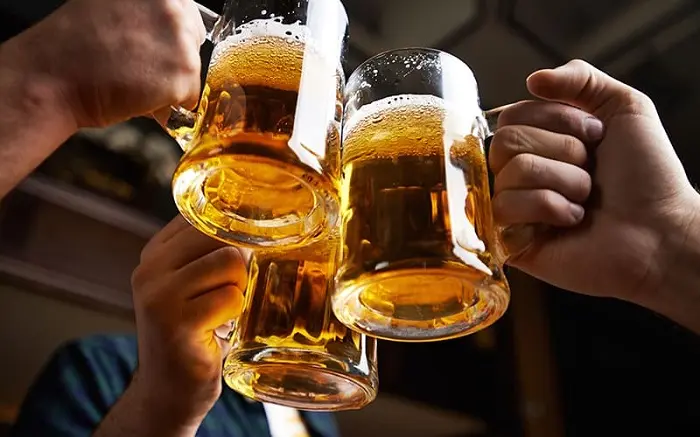As the critical summer season for beer sales in America comes to a close, it’s clear that while the period between Memorial Day and Labor Day is significant for brewers, it’s not a “make or break” situation for the industry. However, summer 2024 brought its share of challenges. The season officially ended on September 21, followed by the close of the third fiscal quarter on September 30, allowing for a retrospective look at the industry’s performance. This report card evaluates key aspects of the American beer industry during this period.
Government: B+
The Beer Institute (BI), National Beer Wholesalers Association (NBWA), and Brewers Association (BA) collaborated with other industry groups to push back against looming federal alcohol regulations in the 2025 dietary guidelines review. This effort gained bipartisan support, with Capitol Hill taking action through letters and subpoenas, highlighting stakeholders’ concerns. On the state level, the growing popularity of non-alcoholic THC seltzers poses a potential challenge as lawmakers navigate hemp-derived products in state farm bills. Fortunately, the NBWA’s backing of these products, provided they are distributed by its members, enhances their long-term viability. Despite these advances, the CHEERS Act failed to progress, holding the grade at a B+.
Fluid (Sales) Dynamics: C-
Beer sales saw a significant slump this past summer. Across various data points — whether it was off-premise channel scans, buyer surveys, or tax-paid analyses — the numbers were discouraging. The category witnessed a 6.1 percent drop in year-over-year sales for June, July, and August, equating to a loss of 2.5 million barrels compared to 2023. While September data is pending, speculation continues about where America’s beer money is going, with suggestions ranging from spirits-based cocktails to cannabis products, and even mobile sports gambling. Heineken USA’s CEO raised concerns about consumer spending habits, citing FitBits as another unexpected competitor. The rising cost of beer at NFL stadiums, which has doubled over the past decade, might offer another clue.
Innovation Lab: D-
When it came to new product launches last quarter, the beer industry underperformed. While there were a few notable introductions — including Tilray’s THC beverages and Jack Daniel’s malt-based hard tea — these weren’t groundbreaking innovations in beer. Boston Beer Company’s Twisted Tea faced stiff competition from vodka-based Surfside, and while Sun Cruiser from the same company made some gains, it’s neither an innovation nor a beer. The American beer industry seems to be in a lull, with no clear “next big thing” to follow in the footsteps of the IPA.
Social Studies: C-
The quarter saw mixed results in the industry’s social and political engagement. Molson Coors, under pressure from a right-wing campaign, backed away from its diversity programs, while the company faced a union strike at its Milwaukee plant before eventually settling on an agreement. Right-wing figures, including Terry “Hulk Hogan” Bollea, entered the beer business, though his “Real American Beer” is expected to fail. Meanwhile, hard seltzer brand Happy Dad, from YouTube’s NELK Boys, continues to grow despite its controversial political associations. Anheuser-Busch InBev (ABI) did earn some goodwill by distributing canned water to hurricane-affected areas in North Carolina and Florida, showcasing its logistical prowess for a good cause. However, the labor relations in the craft brewing sector took a hit as Stone Brewing successfully blocked a union drive at its Richmond facility.
Craftology: C
The craft beer sector also faced difficulties this past quarter. Two of the largest craft brewers, Tilray Brands and Monster Brewing Company, laid off staff and struggled with weak sales. Tilray’s acquisition of underperforming craft brands from Monster Brewing underscored the ongoing challenges within the craft sector. Meanwhile, Hurricane Helene wreaked havoc on craft breweries in western North Carolina, including two major players, Sierra Nevada and New Belgium, leaving Asheville’s beer tourism industry in jeopardy. Off-premise sales for the craft segment were down over 5 percent year-over-year as of September 8, according to Circana data, further highlighting the tough climate for craft brewers.
Despite the challenges that characterized summer 2024, the U.S. beer industry continues to show resilience. As it faces shifting consumer preferences, regulatory challenges, and a highly competitive market, the sector remains dynamic, though uncertain.
You Might Be Interested In:


